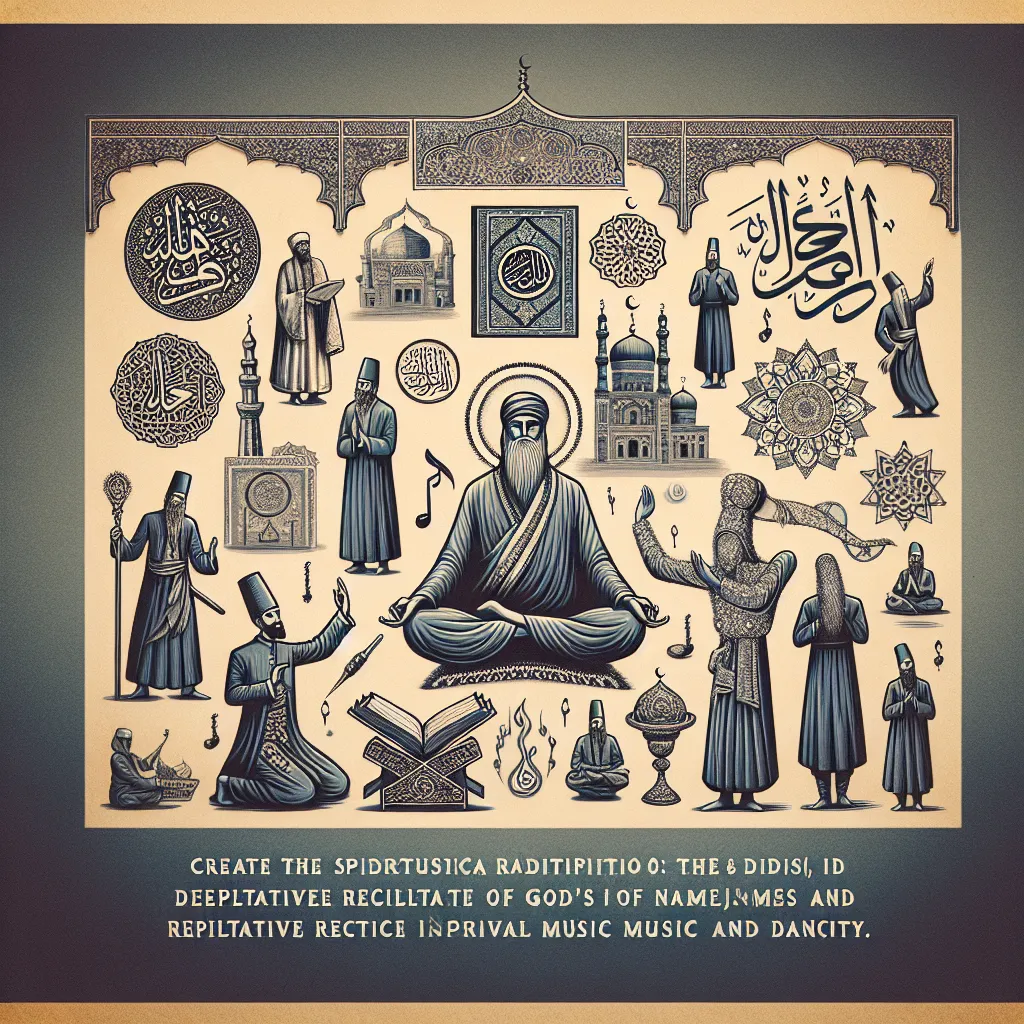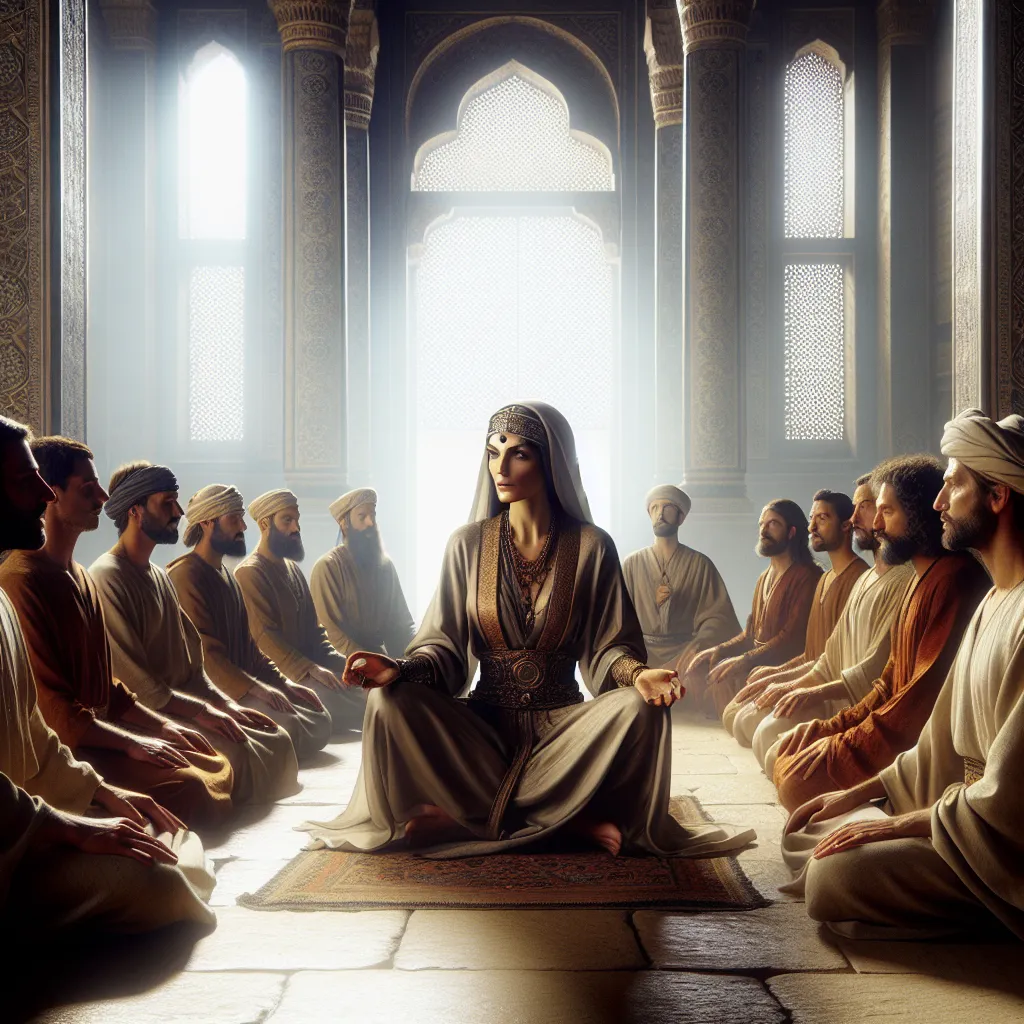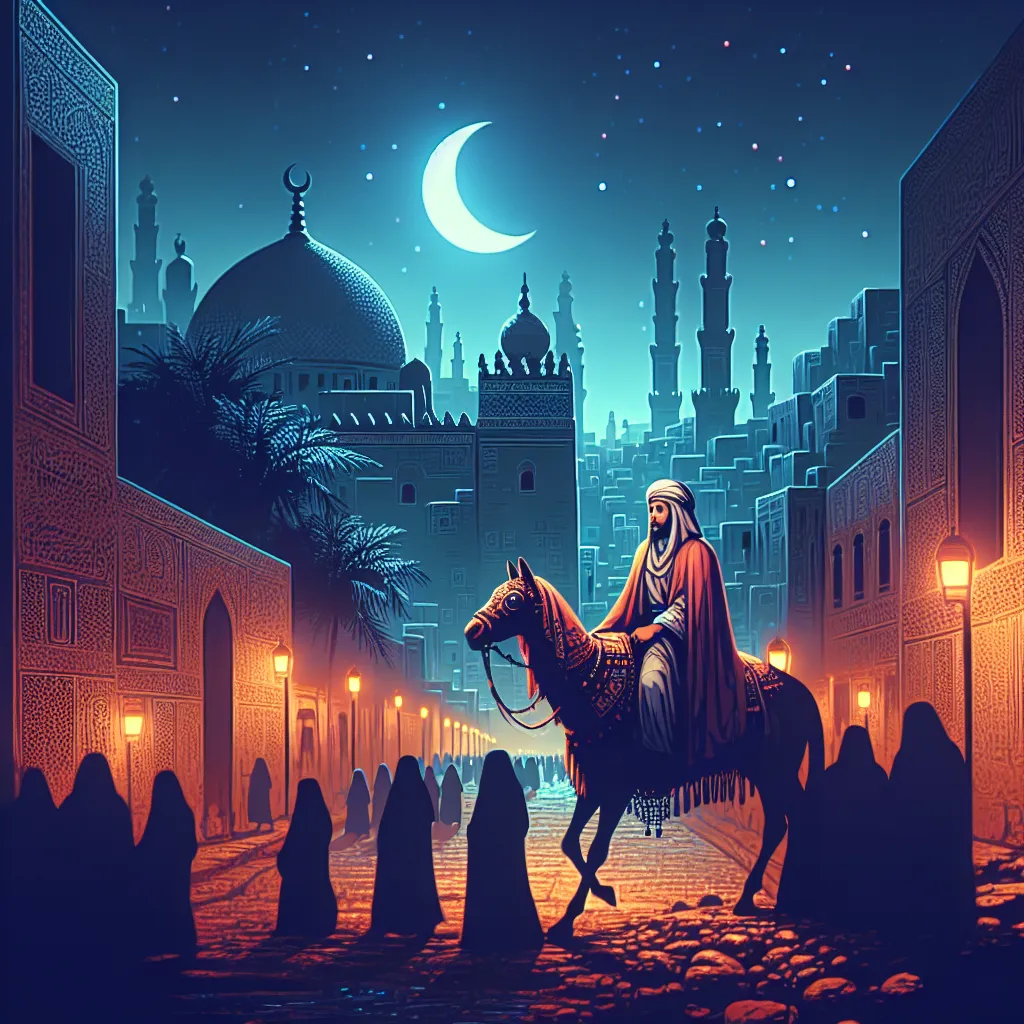When we think of monasteries, nunneries, and hermitages, we often envision places of profound spiritual devotion, far removed from the hustle and bustle of everyday life. However, these isolated religious communities are more than just spiritual oases; they are also vibrant economic microcosms that have been sustaining themselves for centuries.
Self-Sustaining Hubs
Monastic communities, particularly those in medieval Europe, were not just places of prayer and contemplation but also thriving economic entities. These communities were often located in remote areas, which might seem counterintuitive for economic success, but they managed to turn these locations into advantages. For instance, many monasteries were built in wilderness areas, and through their labor, they brought these isolated parts of Europe into economic cultivation.
Monks and nuns were skilled in various trades, from agriculture to craftsmanship. They cultivated their own lands, growing crops and raising livestock, which not only fed the community but also provided surplus goods for trade. The efficiency of monastic life, as outlined in rules such as those of St. Benedict, made these communities highly productive. Monasteries became central storehouses and producers of knowledge, with scriptoria where monks would copy and illustrate books, and workshops where they crafted intricate art and furniture.
Artisanal Goods and Trade
One of the lesser-known aspects of monastic economies is their production of artisanal goods. Monks were skilled artisans who created everything from illuminated manuscripts to intricate metalwork and textiles. These goods were not only used within the community but also traded with neighboring towns and cities. The quality of these goods was often so high that they became sought after by nobles and clergy, providing a significant source of income for the monasteries.
For example, the illuminated manuscripts produced by monastic scribes were works of art that required immense skill and patience. These manuscripts were highly valued and often commissioned by wealthy patrons, contributing to the economic stability of the monasteries. Similarly, monastic communities were known for their expertise in brewing, winemaking, and baking, producing goods that were traded locally and sometimes even exported.
Sustainable Agriculture
Monastic communities were pioneers in sustainable agriculture. Long before the modern concept of sustainability, monks were practicing methods that ensured the long-term health of their lands. They used crop rotation, composting, and other techniques to maintain soil fertility and prevent erosion. These practices allowed them to cultivate their lands continuously without depleting the soil’s resources.
In addition to farming, monasteries often had extensive gardens and orchards. These were not just for food but also for medicinal herbs, which were used to treat illnesses within the community and beyond. The knowledge of herbal medicine was another valuable asset that monasteries could trade or offer as a service.
Managing Resources
The economic success of monastic communities was also due to their efficient management of resources. Monasteries were self-contained units that managed their own water supply, waste disposal, and energy needs. They built sophisticated systems for collecting and distributing water, often using gravity-fed systems that were ahead of their time.
Energy needs were met through a combination of manual labor, animal power, and innovative use of natural resources like wind and water. For instance, monasteries in Europe often built windmills and watermills to grind grain and perform other tasks, reducing the need for manual labor and increasing productivity.
Balancing Spirituality and Economy
One of the most fascinating aspects of monastic economies is how they balanced spiritual devotion with economic necessity. Monastic life was centered around prayer, reading, and manual labor, but this did not mean that economic activities were secondary. Instead, economic work was seen as a way to support the spiritual life of the community.
Monks and nuns believed that their labor was a form of worship, and the fruits of their labor were a blessing from God. This mindset allowed them to approach economic activities with a sense of purpose and dignity. The mendicant orders, such as the Franciscans and Dominicans, took this a step further by rejecting wealth and property, yet they still managed to sustain themselves through their work and the goodwill of the people they served.
Influence on Surrounding Regions
The economic activities of monastic communities had a significant impact on the surrounding regions. Monasteries often served as centers of trade, attracting merchants and travelers who would come to buy and sell goods. This not only boosted the local economy but also facilitated the exchange of ideas and cultures.
Monasteries also played a crucial role in educating the local population. They provided education, healthcare, and other services that were essential for the well-being of the community. The presence of a monastery could transform a remote area into a thriving hub of activity, attracting people from nearby towns and villages.
Modern Relevance
While the context of monastic economies may seem distant from our modern world, there are valuable lessons to be learned. The emphasis on sustainability, self-sufficiency, and community-based economic models is particularly relevant today.
In an era where climate change and economic inequality are pressing concerns, the monastic approach to economy and environment offers a compelling alternative. By focusing on local production, sustainable practices, and community support, we can create more resilient and equitable economic systems.
Personal Reflections
As I delve into the world of monastic economies, I am struck by the ingenuity and resourcefulness of these communities. Their ability to thrive in isolation, while maintaining a deep connection with the world around them, is a testament to the power of human creativity and resilience.
Visiting a monastery today, one can still feel the pulse of this ancient economic heartbeat. The gardens are lush, the workshops are bustling, and the sense of community is palpable. It is a reminder that even in the most isolated of places, there is a vibrant economic life that can inspire and teach us much about how to live in harmony with our environment and with each other.
In conclusion, the economies of monastic communities are a fascinating blend of solitude and economic interaction. These self-sustaining hubs have been operating for centuries, producing artisanal goods, managing sustainable agriculture, and influencing the regions around them. As we navigate the complexities of our modern world, there is much to learn from these quiet yet impactful economic forces generated by religious isolation.





